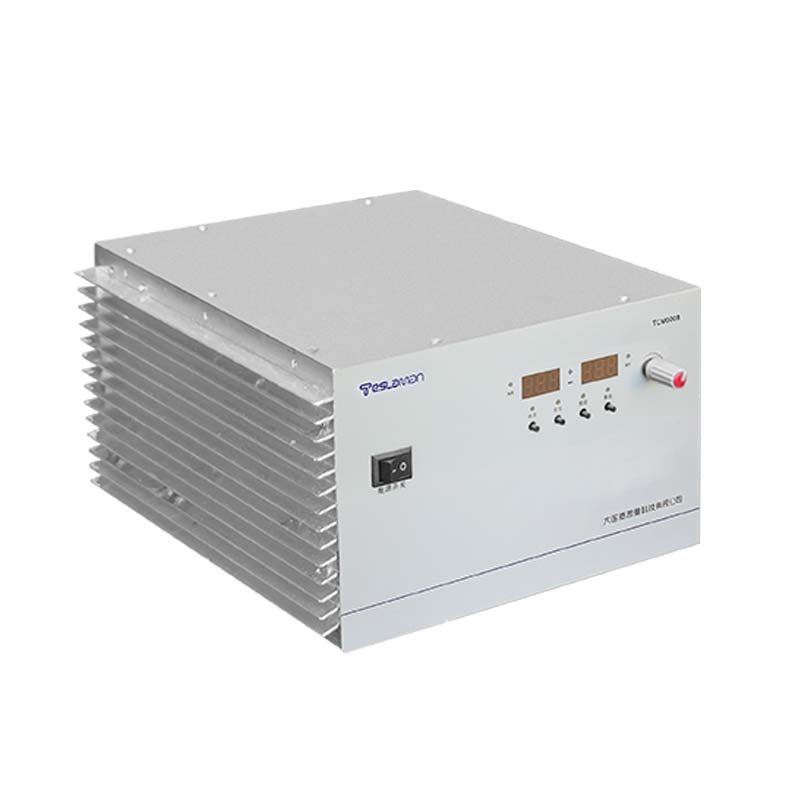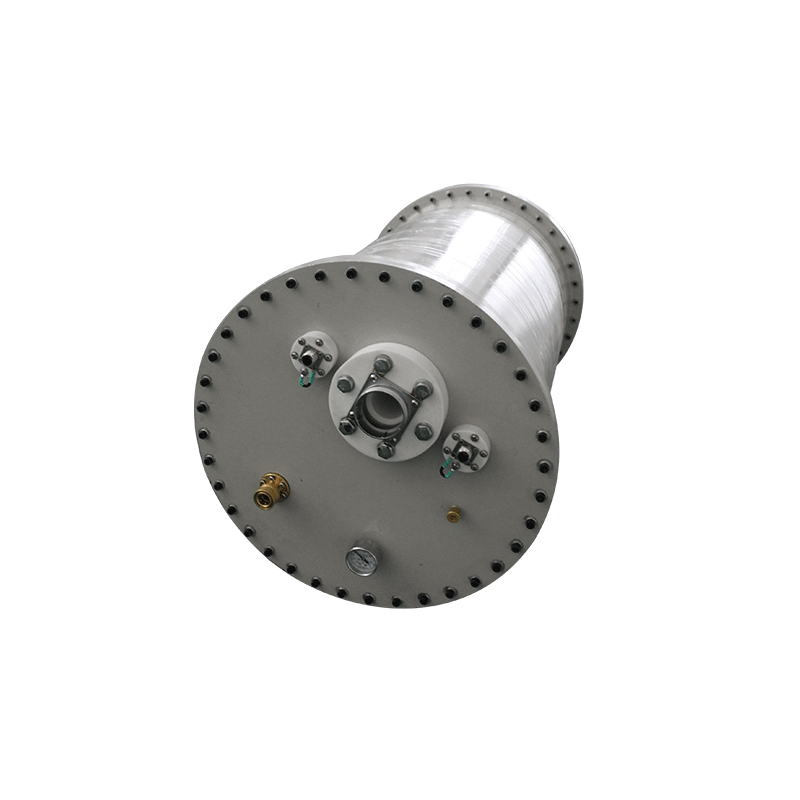Performance Optimization of High-Voltage Power Supplies for Electron Guns
1. Introduction
As the core component of electron beam processing and vacuum electronic devices (such as cathode-ray tubes and electron microscopes), the electron gun's performance directly relies on the stability and reliability of its high-voltage power supply (HVPS). The HVPS for electron guns must provide DC high voltage ranging from several kilovolts to tens of kilovolts, while meeting strict requirements such as low ripple and high dynamic response. The core of performance optimization lies in balancing the accuracy of high-voltage output, energy conversion efficiency, and system safety, which will be analyzed from three aspects: topological structure, control strategy, and engineering design.
2. Key Performance Indicators and Optimization Directions
1. Output Stability
The focusing and deflection accuracy of the electron beam is extremely sensitive to voltage fluctuations of the power supply. When the ripple of the HVPS exceeds 0.1%, the size of the electron beam spot may increase by more than 20%. Optimization should start from the topological structure. For example, replacing traditional hard-switching circuits with an LLC resonant topology, leveraging the zero-voltage switching (ZVS) characteristics of resonant inductors and capacitors, which can reduce switching losses by more than 40% and control the output ripple within 50mV.
2. Dynamic Response Capability
In the pulsed operation mode of the electron gun (such as fast imaging in scanning electron microscopes), the power supply needs to complete voltage regulation within microseconds. Traditional PI control难以 (hardly) balances steady-state accuracy and dynamic response due to fixed parameters. An adaptive fuzzy PID control algorithm can be introduced to dynamically adjust proportional, integral, and derivative parameters by real-time monitoring of load changes, reducing the voltage regulation time from 50μs to 15μs.
3. System Efficiency and Thermal Management
Every 1% increase in the efficiency of the HVPS can extend the device life by approximately 10%. Using silicon carbide (SiC) power devices instead of silicon-based MOSFETs, the switching frequency can be increased from 20kHz to 100kHz, and the conduction loss can be reduced by 60%. Combined with a liquid cooling system, the junction temperature of the power module is controlled below 85℃ to avoid voltage drift caused by thermal runaway.
3. Engineering Optimization Strategies and Practices
1. Electromagnetic Compatibility (EMC) Design
The switching process of the HVPS generates broadband electromagnetic interference, affecting signal acquisition of the electron gun. Optimization measures include:
Parallel RC snubber networks on the primary side of the high-voltage transformer to suppress oscillations caused by dV/dt;
Adopting a layered shielding structure, using permalloy magnetic shielding on the primary side and a Faraday copper mesh on the secondary side, reducing EMI radiation intensity by more than 30dB.
2. Insulation and Voltage Withstand Design
For high-voltage scenarios above 30kV, the problem of surface discharge must be solved. Solutions include:
Epoxy resin vacuum potting technology to isolate the high-voltage winding from air, increasing the breakdown voltage to more than 50kV;
Optimizing the surface curvature of electrodes, using CNC machining to make the edge roughness Ra<0.8μm, reducing the electric field concentration effect.
3. Intelligent Monitoring and Protection
Integrating a high-voltage sampling voltage divider network (accuracy 0.05%) and a microprocessor (such as ARM Cortex-M4) to achieve:
Real-time monitoring of output voltage, current, and device temperature, automatically triggering compensation algorithms when the ripple exceeds the threshold;
Designing multi-level protection mechanisms (overvoltage, overcurrent, short-circuit protection) with a response time <1μs to prevent cathode burnout of the electron gun.
4. Typical Application Scenarios and Optimization Effects
In electron beam welding equipment, the optimized HVPS can improve beam stability to ±0.05%, reducing welding depth deviation to ±5μm; in transmission electron microscopes, combined with a high-precision voltage-stabilized power supply, the resolution can be improved from 0.2nm to 0.15nm. In addition, through a digital control platform, the power supply can achieve remote parameter configuration and fault diagnosis, improving maintenance efficiency by more than 50%.
5. Conclusion
The performance optimization of HVPS for electron guns requires the integration of power electronics topology innovation, intelligent control algorithms, and engineering design. Future development trends will focus on the in-depth application of wide-bandgap semiconductor devices, the combination of high-frequency resonant technology and digital twin monitoring systems, to meet the extreme requirements of nanoscale electron beam processing for power supply accuracy.




















